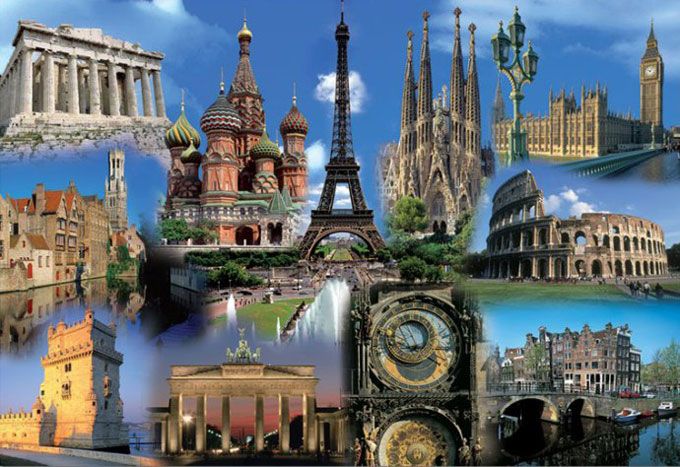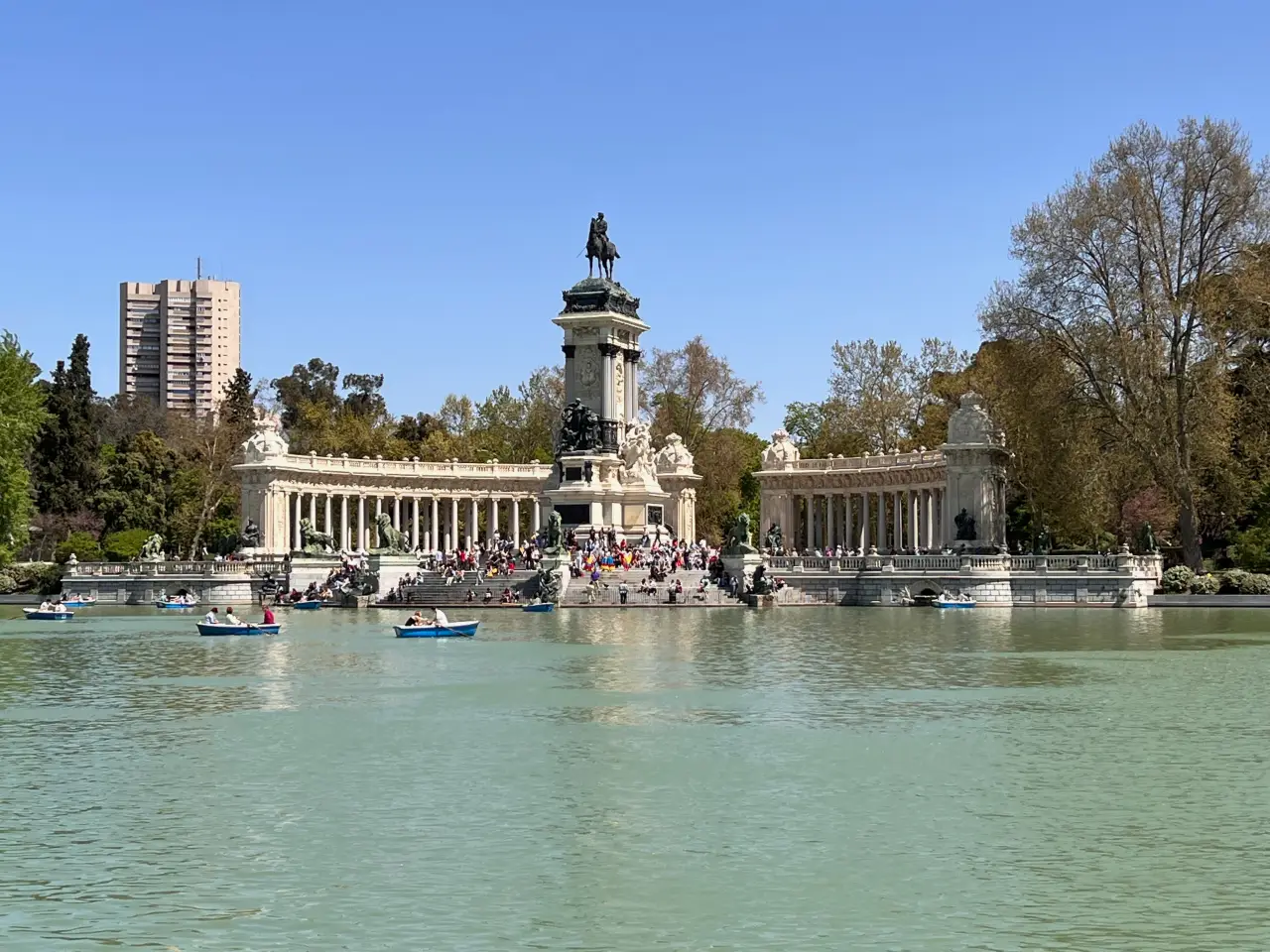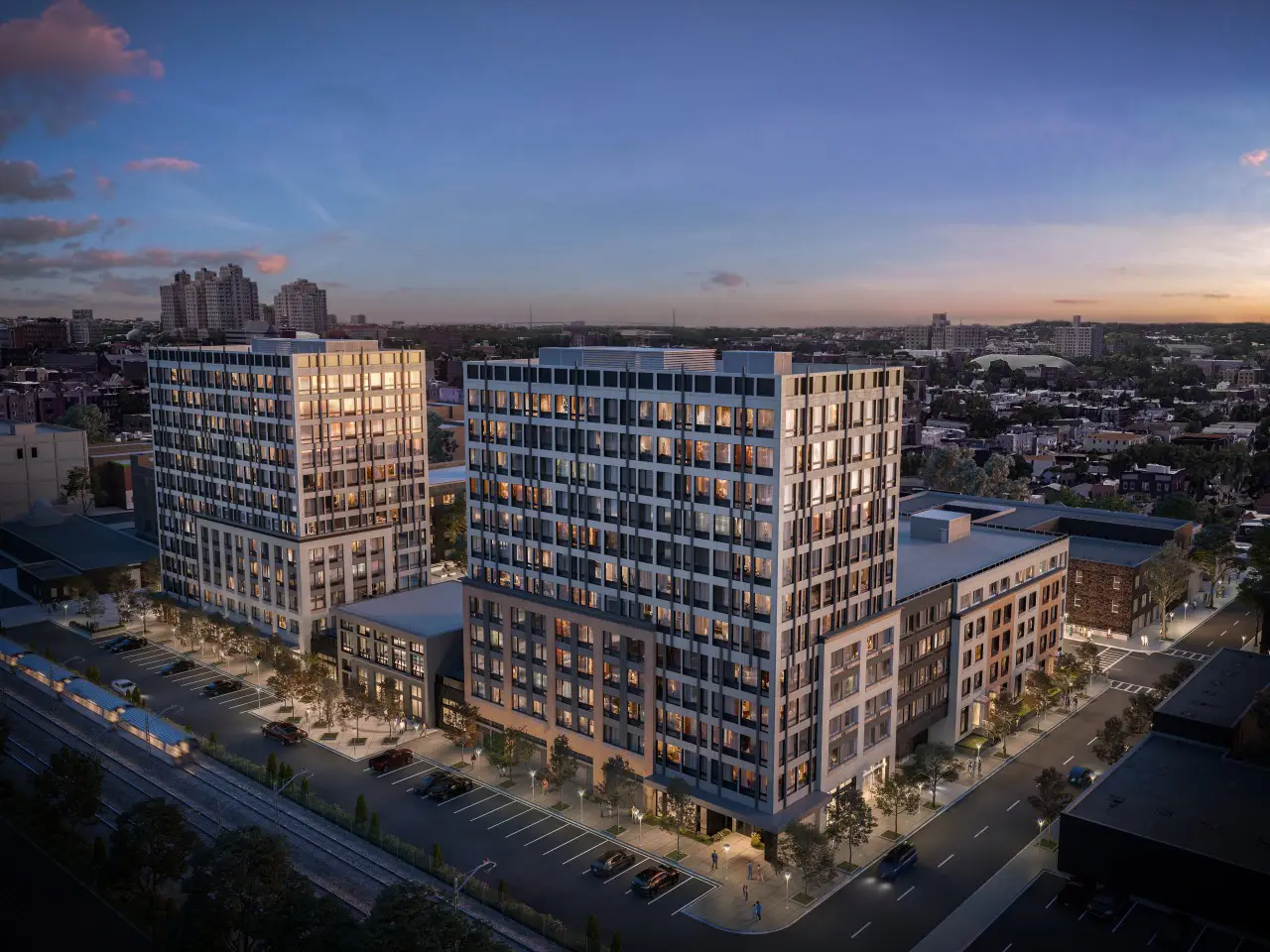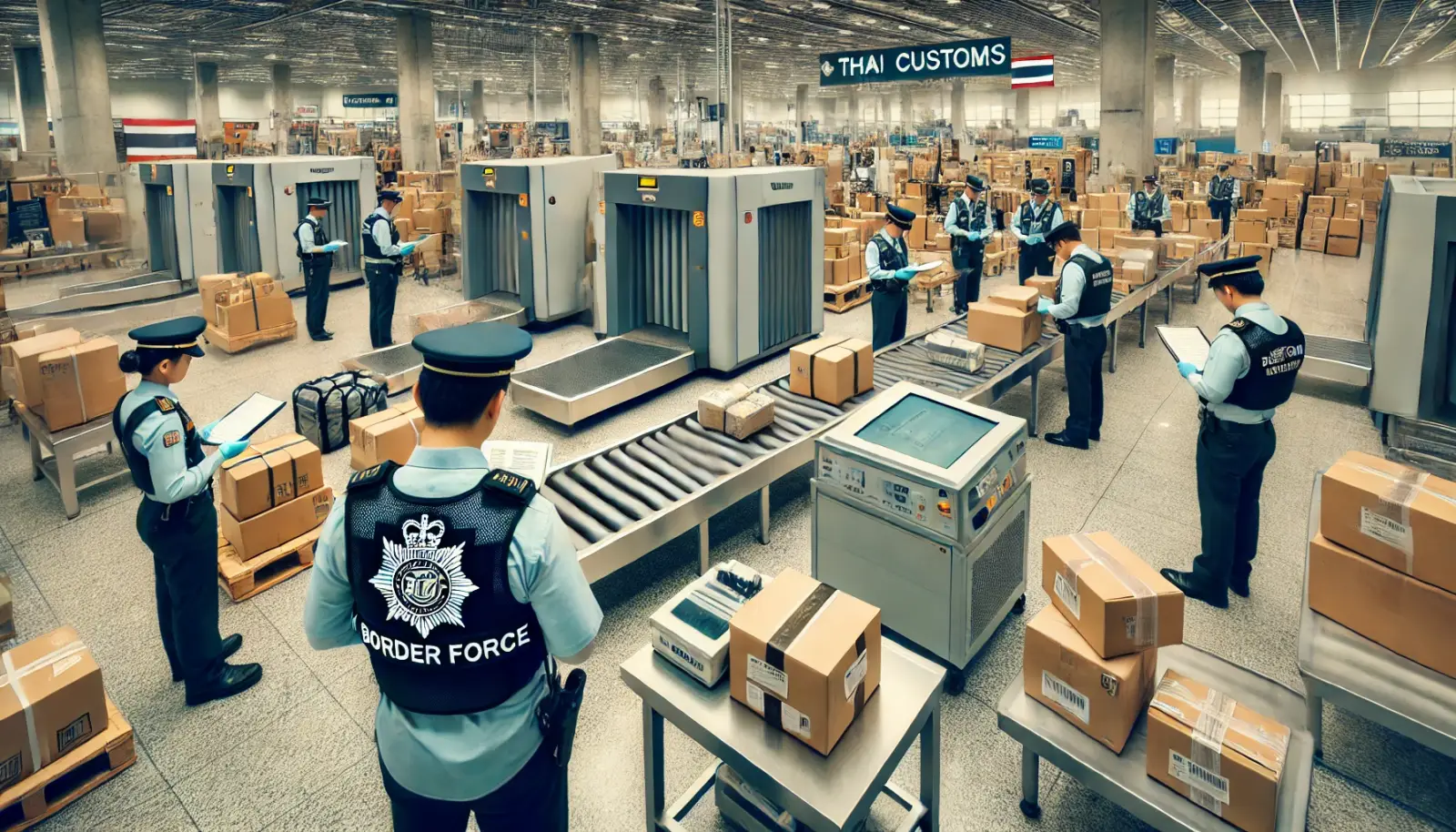The Japan Tourism Agency, under the Ministry of Land, Infrastructure, Transport and Tourism, will adopt the Global Sustainable Tourism Council (GSTC) criteria as part of its tourism policy.
Japan’s commitment to sustainable growth can be seen in its approach not just to tourism, but also its industry for conventions and business events.
Japanese convention cities are leading this drive, using the platform of business events to help achieve the United Nations Sustainable Development Goals (UN SDGs). Two cities in particular, Kyoto and Sapporo, belong to the Global Destination Sustainability Index (GDS-Index), where they sit alongside other global leaders in sustainability such as Gothenburg, Copenhagen and Sydney. Kyoto and Sapporo were ranked according to their sustainable practices in areas identified by the index: Convention Bureau, Environmental, Social and Supplier. The GDS Index rankings achieved by these two cities reflect the country’s commitment and focus on sustainable development for the meetings and events industry.
Mention “Kyoto” and many, especially those concerned with climate change or sustainability, will think of the Kyoto Protocol of 1997. The Kyoto Protocol was the first agreement between nations to mandate country-by-country reductions in greenhouse gas emissions.
It is appropriate, then, that business events are able to participate in the city’s Do You Kyoto? carbon offset programme by purchasing carbon credits generated by the local community. Neighbourhood associations and small and medium sized local businesses in Kyoto reduce their carbon output by improving their facilities or taking specific measures to save energy, and the Kyoto city government buys these credits from participating businesses. These are then made available to meetings and events organisers to help them offset their carbon footprint. Each credit is equivalent to one metric ton of C02 and costs 10,000 JPY.
Furthermore, as well as reducing the carbon footprint of business events taking place in Kyoto, the Kyoto Convention and Visitors Bureau’s sustainability strategy includes a broad range of goals, such as attracting sustainable meetings, contributing to the preservation of Kyoto’s cultural heritage by encouraging meetings and events planners to include traditional elements in their events, and offering convention passes to encourage participants to use public transportation. The city has excellent public transportation, several bike sharing programmes, charging stations for electric vehicles, and is easily explored on foot. Meeting planners will be happy to know that 13% of hotels in Kyoto are sustainability certified; 40% of venues are considered sustainable venues; and 18% of Kyoto’s PCOs/DMCs (professional congress organisers or destination management companies) have sustainability credentials or practices.
In the case of Sapporo, hosting the G8 Hokkaido Toyako Summit 2008 left a legacy that resulted in the city’s Eco Capital Sapporo Declaration the same year. Since then, sustainability has played a central role in the city’s policies. The Sapporo Convention Bureau actively promotes environmentally conscious operations and practices through its Sustainable Action Initiative. One of the city’s unique venues, the Glass Pyramid, uses a snow cooling system, a unique environmental feature which has also been adopted by the city’s New Chitose Airport. The former host of Asia’s first Winter Olympics has also been a long-time frontrunner of local production-local consumption, with an overwhelming food sufficiency rate of 208%, which is five times more than the average in Japan. Additionally, 27% of the city’s waste is recycled.
However, sustainable practices are not limited to these two cities. For example, Yokohama is another key Japanese convention city engaging with sustainability. In its “An Introduction to Sustainability Initiatives in MICE” document, the Yokohama Convention and Visitors Bureau cites the case study of PACIFICO Yokohama where the convention venue utilises rainwater to cool its onsite generators and as greywater in the Conference Center. Combined with water-saving toilets, these measures have reduced intake of mains water by 65%, now making up only 35% of usage. Electricity (approximately 300,000 kwh per year) generated by incinerating industrial waste created inside the facility is reused as power in the waterfront park. Waste reports detailing recycling rates and rate fluctuations can be provided to business events organisers on request. It is reported that PACIFICO Yokohama has a 93% recycling and waste reduction rate.
Sustainability issues are now top-of-mind for many meeting planners and Japan has seized the opportunity to increase its focus on responsible and sustainable practices in the business events industry. Not only does this support the UN SDGs, but it adds value for planners, and brings a competitive edge for its business events stakeholders.













